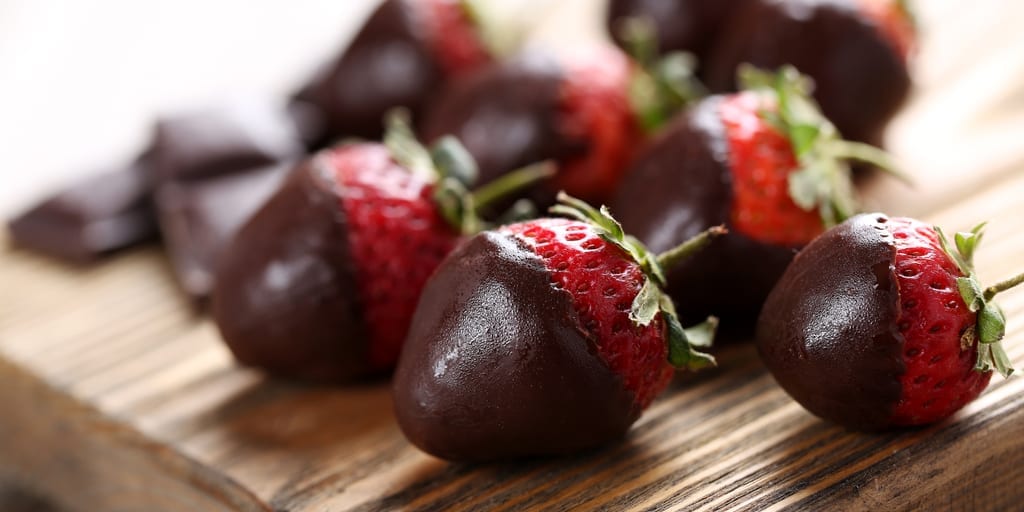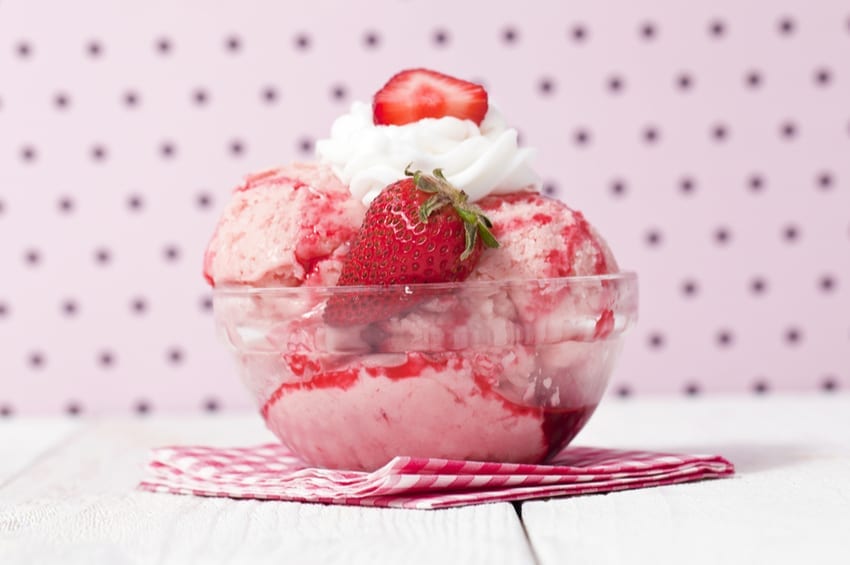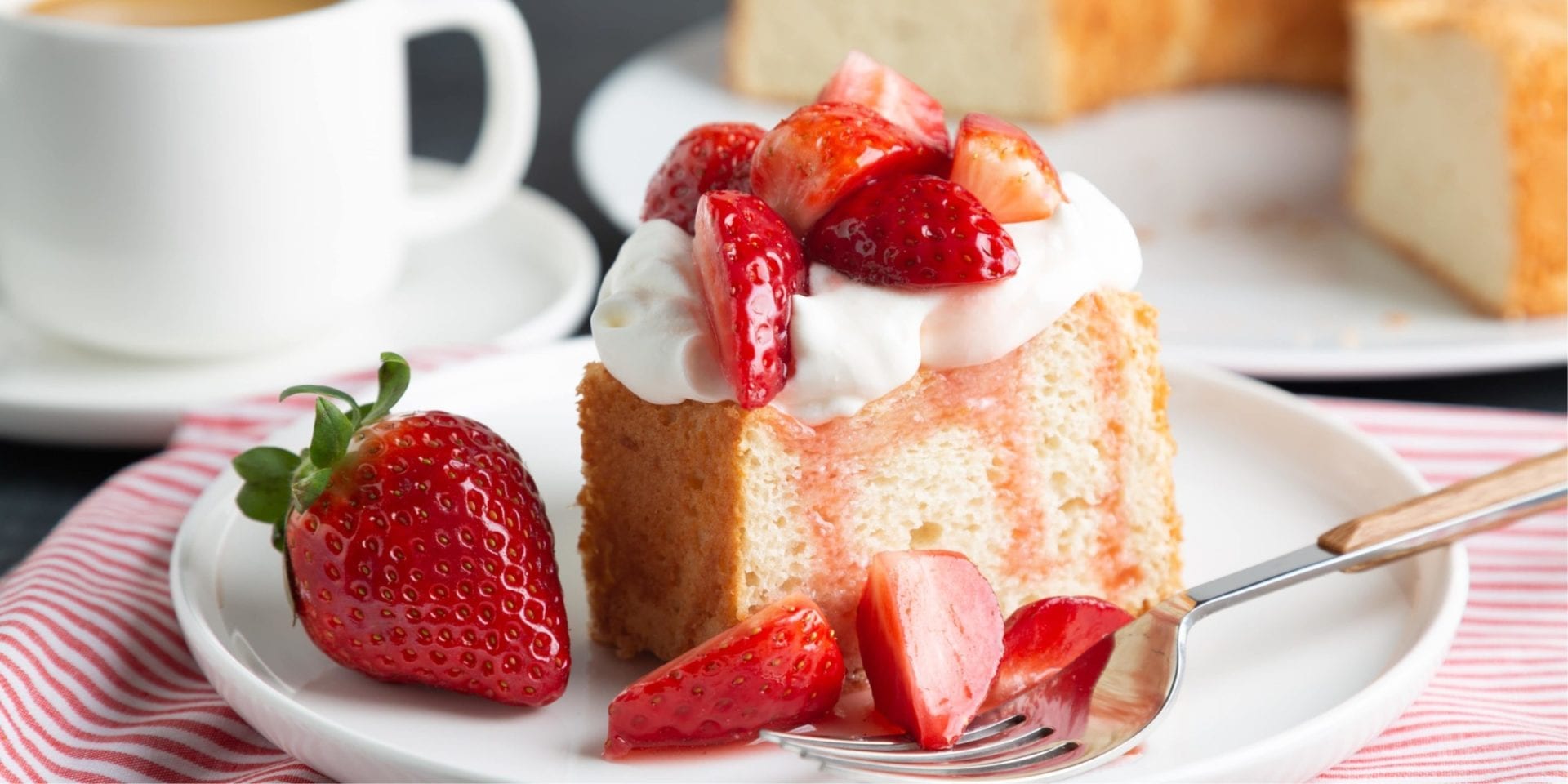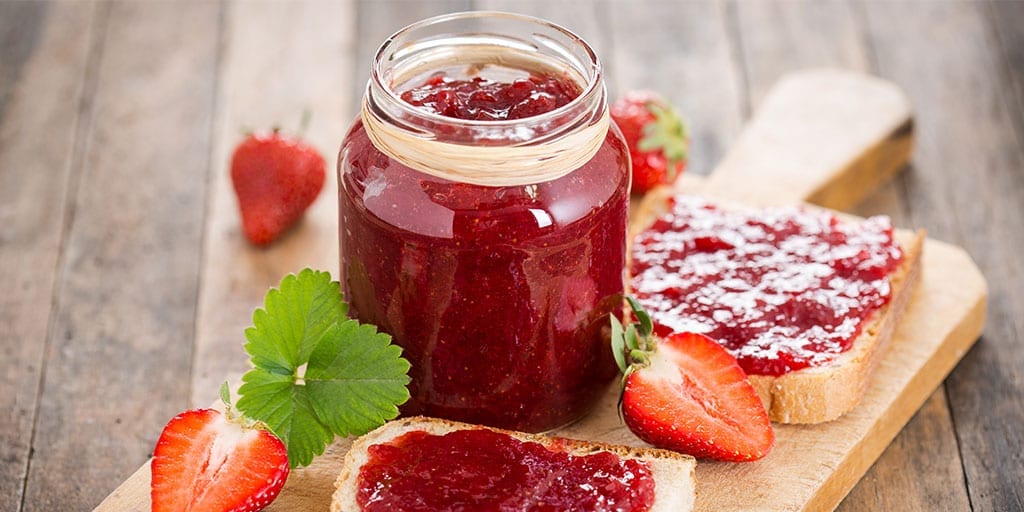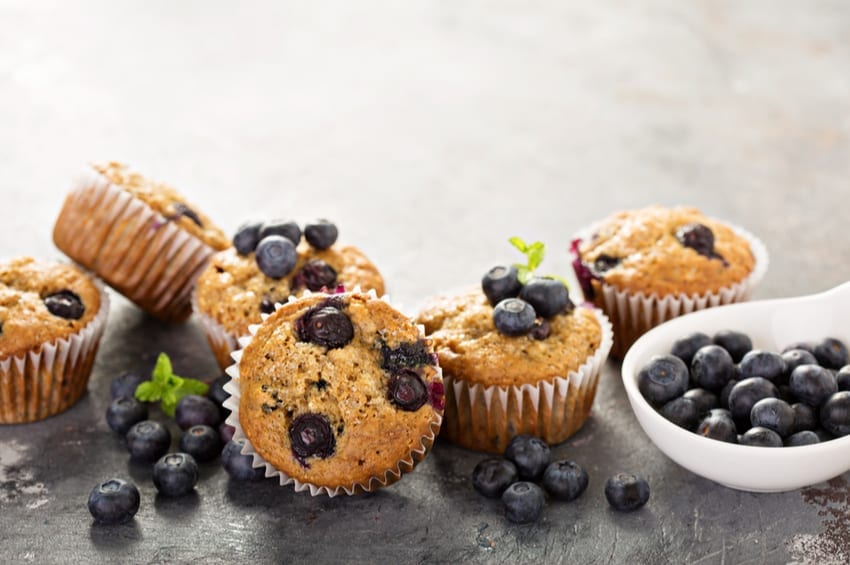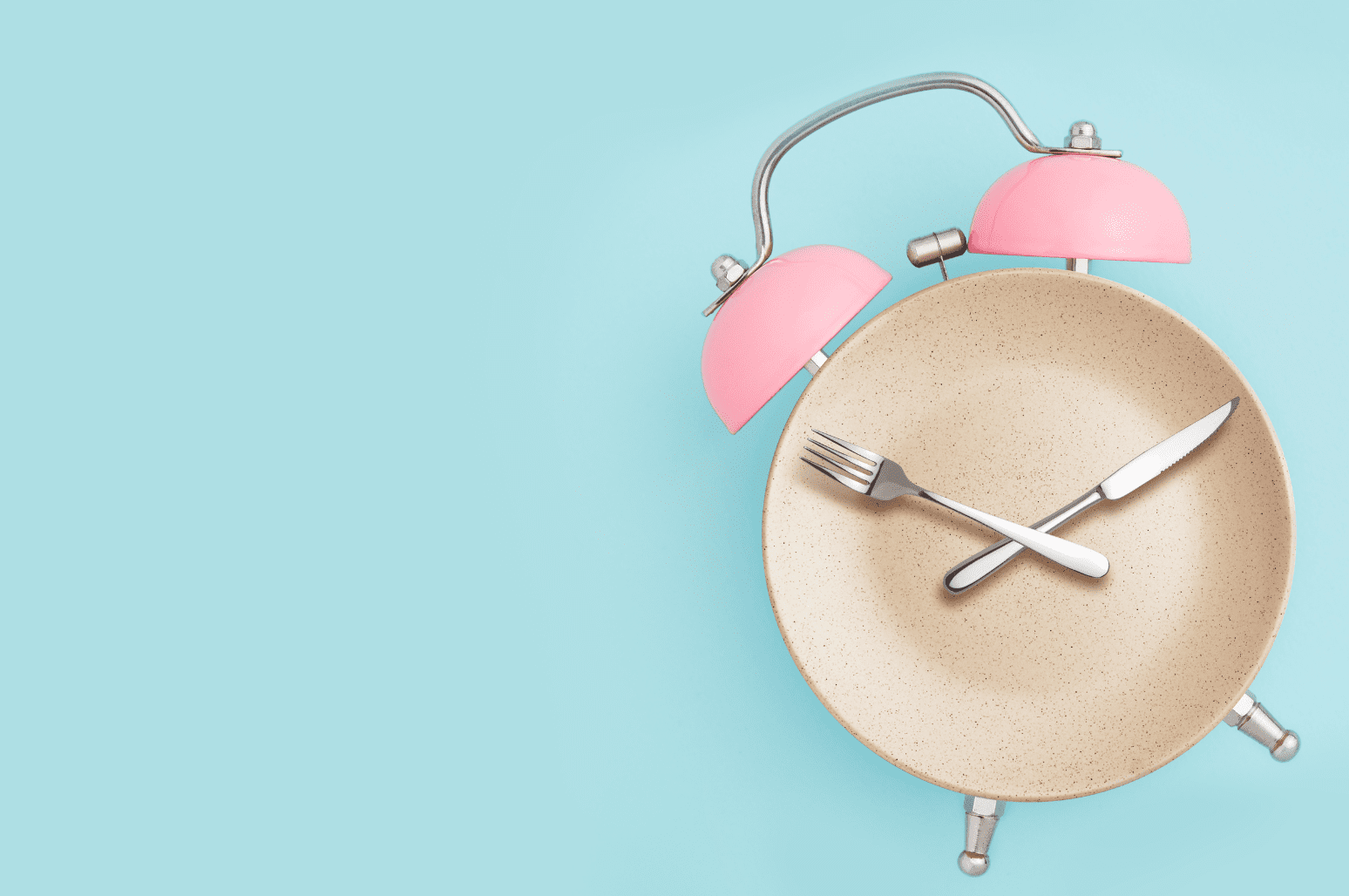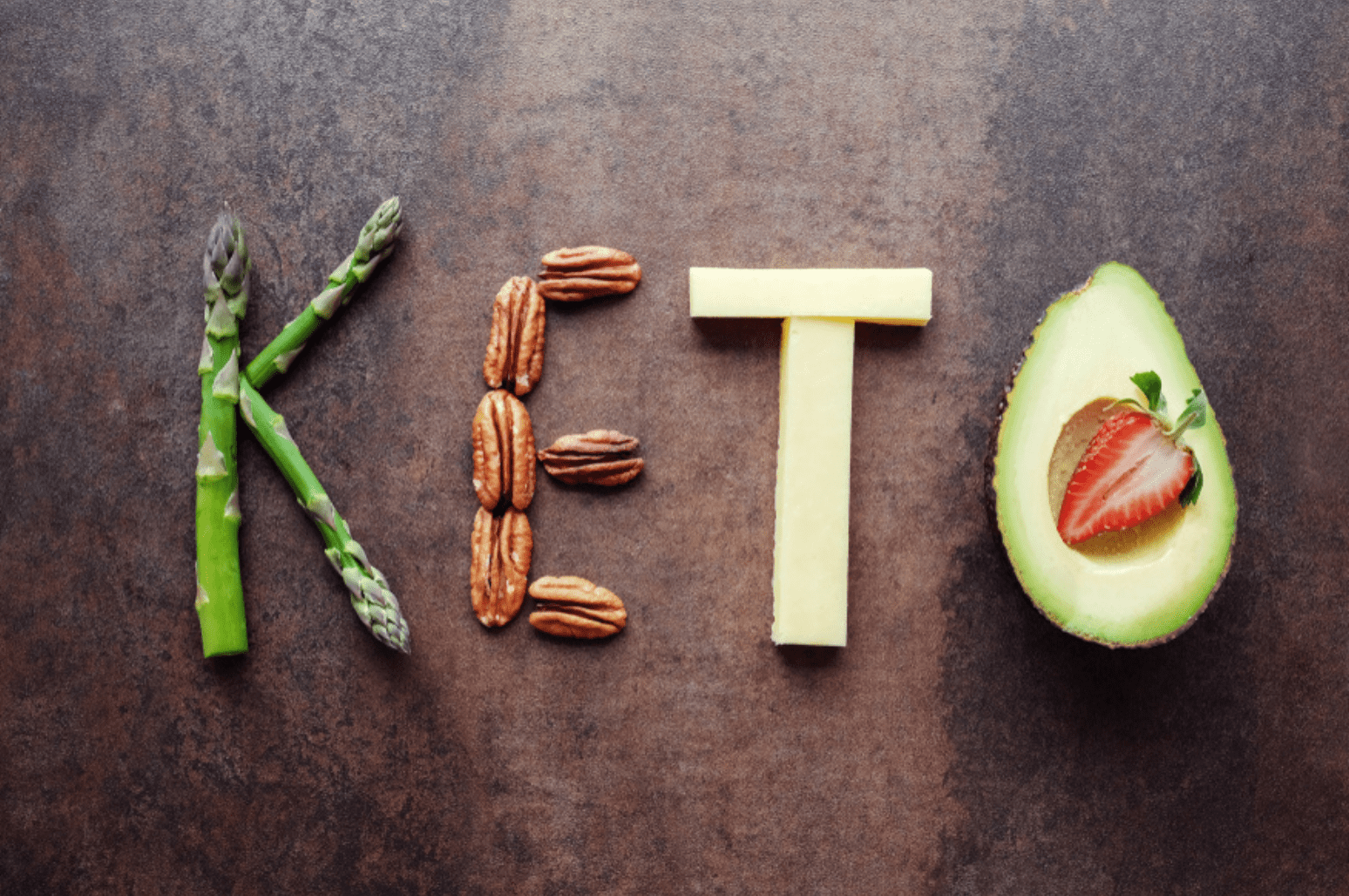The Best Berries on Keto: Your Guide to Keto-Friendly Fruit

Berries are colorful, juicy, antioxidant-rich, refreshing, and keto-friendly…assuming you don’t eat two whole cartons all at once! When it comes to fruits on keto, berries are an excellent choice to satisfy your sweet tooth and stay in ketosis!
Berries on Keto
From strawberries and blackberries to blueberries and raspberries, berries are lower in carbohydrates compared to most other fruits, making them a better choice for the ketogenic diet.
1) Blackberries
1 cup of blackberries provides around 7 grams of net carbs. Blackberries are tart and sweet and full of minerals and vitamins like C, K, and manganese. Vitamin C is important for healing wounds, regenerating skin, and forming blood vessels, bones, and connective tissue. Vitamin C helps you fight illness and boosts your immune system. Vitamin C acts as an antioxidant in your body and can reduce oxidative stress that leads to cancer and disease. More research is necessary, but studies show vitamin C might help with cancer [1] [2].Blackberries are also a good source of fiber, which can help relieve digestive issues like constipation. When you eat fiber, you feel fuller for longer, which might help with weight loss. Fiber is a fuel to nourish healthy bacteria (probiotics) in your digestive system. Berries like blackberries might also improve brain health and prevent memory loss due to the antioxidants that fight free radicals and alter the communication of brain neurons. One study showed blackberry extract has anti-inflammatory and antibacterial properties against certain types of bacteria that can lead to oral disease, suggesting blackberry extract might prevent and control cavities and gum disease [3] [4].

2) Strawberries
Like other berries, strawberries are also popular in various desserts, jellies, and jams. The humble yet vibrant red strawberry is also a summer staple and an excellent source of vitamin C, manganese, potassium, folate, and more. Strawberries are rich in plant compounds and antioxidants that might benefit your heart and blood sugar levels [5] [6] [7].
Strawberries are around 91% water, 7.7% carbohydrates, 0.7% protein, and 0.3% fat. 1 cup of strawberries provides less than 9 grams of net carbs. The carbs in strawberries come from simple sugars, such as fructose and glucose, but the high fiber content makes them a keto-friendly choice. Strawberries have a fairly low glycemic index (GI) score of 40.
Strawberries also provide plant compounds like pelargonidin, which is responsible for the bright red color [8] [9].

3) Blueberries
Blueberries are marketed as a superfood for good reason. Blueberries provide antioxidants, beneficial plant compounds, vitamins, and fiber. Compared to other berries, blueberries have the highest antioxidant content [10] [11] [12].
Blueberries provide small amounts of protein and fat and around 14% carbs and 84% water. On the glycemic index, blueberries have a relatively low score of 53. One cup of blueberries is 17.8 grams of net carbs and around 3.6 grams of fiber. Blueberries provide vitamin C, manganese, and other vitamins and minerals. They also contain many different anthocyanins — beneficial antioxidant plant compounds that can improve blood sugar and heart and brain health [13] [14] [15]

4) Raspberries
Ruby red raspberries are uniquely sweet and juicy and high in fiber! Raspberries are edible fruit from a plant species in the rose family. The red raspberry is the most common, but there are different types of raspberries, including purple, golden, and black. Raspberries have a short shelf life, and they’re only harvested during the summer and fall months. Raspberries provide powerful antioxidant compounds, magnesium, phosphorus, vitamin K and C, manganese, and more. Raspberries give you a whopping 8 grams of fiber per cup and 6.7 grams of net carbs, making them an excellent choice for a keto sweet treat. Studies also show raspberries and raspberry extracts have anti-inflammatory and antioxidative effects that might reduce the risk of chronic diseases, such as diabetes, obesity, and cancer [16] [17] [18]
Best Ways to Include Berries on Keto
You can eat berries with nuts and keto-approved dark chocolate or use them to sweeten keto dishes. Berries can make sweet salad toppers, smoothies, ice creams, keto cakes, and more! Check out some of these delicious recipes starring berries:
- Chocolate Covered Strawberries
- Keto Strawberry Sundae
- Keto Strawberry Shortcake
- Low-Carb Strawberry Jam
- Blueberry Muffins
- Strawberry Red Wine Jelly
- Blackberry Keto Margarita Popsicles
- Keto White Chocolate Raspberry
- Frozen Berry Yogurt Bark
- Strawberry Cream Cheese Danish
- Keto Strawberry Mousse
- Blueberry Pancakes
What’s Your Favorite Way to Eat Berries on Keto?
Share your preferred keto recipes and dishes starring colorful, antioxidant-rich berries.
References
Self Nutrition Data. Blackberries, Raw, Nutrition Facts & Calories.
National Institutes of Health Office of Dietary Supplements. Vitamin C.
Miller, M. G., & Shukitt-Hale, B. (2012). Berry fruit enhances beneficial signaling in the brain. Journal of Agricultural and Food Chemistry, 60(23), 5709-5715.
Gonzalez, O. A., Escamilla, C., Danaher, R. J., Dai, J., Ebersole, J. L., Mumper, R. J., & Miller, C. S. (2013). Antibacterial effects of blackberry extract target periodontopathogens. Journal of Periodontal Research, 48(1), 80-86.
Self Nutrition Data. Strawberries, Raw, Nutrition Facts & Calories.
Giampieri, F., Tulipani, S., Alvarez-Suarez, J. M., Quiles, J. L., Mezzetti, B., & Battino, M. (2012). The strawberry: Composition, nutritional quality, and impact on human health.Nutrition, 28(1), 9-19. DOI: 10.1016/j.nut.2011.08.009
Halvorsen, B. L., Carlsen, M. H., Phillips, K. M., Bohn, S. K., Holte, K., Jacobs Jr, D. R., & Blomhoff, R. (2006). Content of redox-active compounds (ie, antioxidants) in foods consumed in the United States.American Journal of Clinical Nutrition, 84(1), 95-135.
The University of Sydney. Glycemic Index Advanced Search: Strawberries, Fresh, Raw.
Da Silva, F. L., Escribano-Bailon, M. T., Alonzo, J. J. P., Rivas-Gonzalo, J. C., & Santos-Buelga, C. (2007). Anthocyanin pigments in strawberry.LWT: Food Science and Technology, 40(2), 374-382.
Self Nutrition Data. Blueberries, Raw,Nutrition Facts & Calories.
Wolfe, K. L., Kang, X., He, X., Dong, M., Zhang, Q., & Liu, R. H. (2008). Cellular antioxidant activity of common fruits. Journal of Agriculture and Food Chemistry, 56(18), 8418-8426.
The University of Sydney. Glycemic Index Advanced Search: Blueberries, Wild.
Rodriguez-Mateos, A., Cifuentes-Gomez, T., Tabatabaee, S., Lecras, C., & Spencer, J. P. E. (2012). Procyanidin, Anthocyanin, and Chlorogenic Acid Contents of Highbush and Lowbush Blueberries.J. Agric. Food Chem. 60(23), 5772-5778.
Borges, G., Degeneve, A., Mullen, W., & Crozier, A. (2010). Identification of flavonoid and phenolic antioxidants in black currants, blueberries, raspberries, red currants, and cranberries. Journal of Agriculture and Food Chemistry, 58(7), 3901-3909.
Skrovankova, S., Sumczynski, D., Mlcek, J., Jurikova, T., & Sochor, J. (2015). Bioactive compounds and antioxidant activity in different types of berries. International Journal of Molecular Sciences, 16(10), 24673-24706.
Self Nutrition Data. Raspberries, Raw, Nutrition Facts & Calories.
Burton-Freeman, B. M., Sandhu, A. K., & Edirisinghe, I. (2016). Red raspberries and their bioactive polyphenols: Cardiometabolic and neuronal health links.Advances in Nutrition, 7(1), 44-65.


